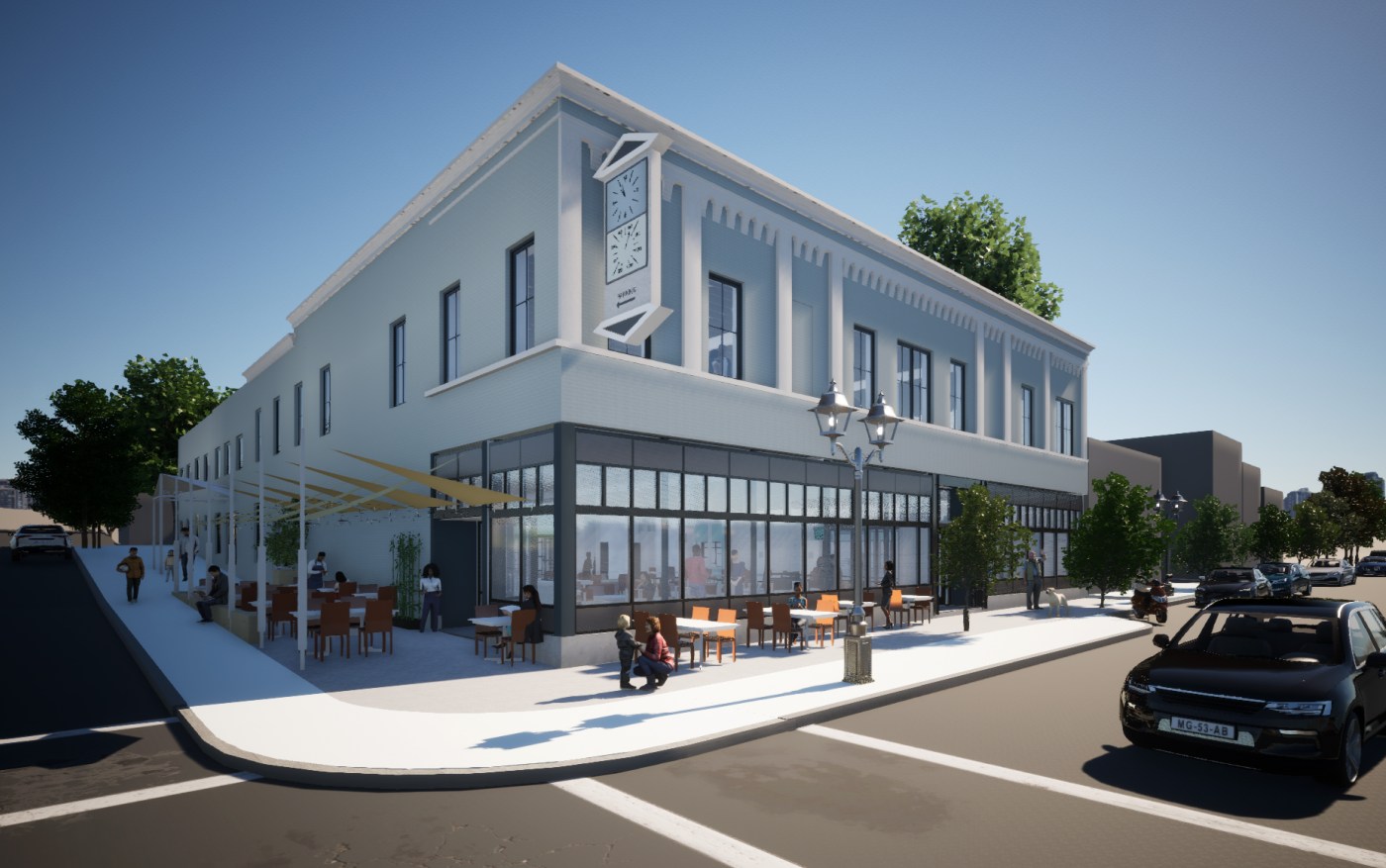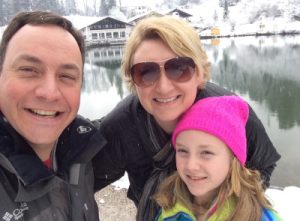
A $10 million makeover for Payne Avenue’s Plaza del Sol begins in February
Early in the coronavirus pandemic, with vendor after vendor at the Plaza del Sol building closing shop, the Latino Economic Development Center bought the once-promising restaurant, brewery and retail hub before it could fall into foreclosure.
“We wanted to protect the Latino-owned businesses in the building, but most importantly, we wanted to live our values of building generational wealth,” Executive Director and President Henry Jimenez told visitors Monday.
The nonprofit, based on Margaret Street in St. Paul, has spent the past four years painstakingly assembling a layer cake of funding toward the vacant site’s revitalization, including $3.5 million from the 2023 state bonding and infrastructure bill, a $1 million loan from the National Association of Latino Community Asset Builders, $750,000 from the Minnesota Main Street Economic Revitalization Program, and more from philanthropists.
“While it took years, we are finally here,” said Jimenez, promising a future entrepreneurial hub for immigrant entrepreneurs, many of them existing LEDC clients. “This was not easy, folks.”
The folks in attendance Monday at the century-old building on St. Paul’s Payne Avenue included Mayor Melvin Carter and Gov. Tim Walz, who took turns sledgehammering holes in the drywall to kick off a $10 million, top-to-bottom reinvention.
Henry Jimenez, executive director of the Latino Economic Development Center. (Courtesy of Henry Jimenez)
A 24/7 commercial kitchen, small business incubator
The goal now is to redo the interior while preserving but beautifying the exterior structure and adding exterior seating and other amenities.
The two-story building, which a century ago housed the Borgstrom pharmacy and Swenson Bros. furniture, retains its original brick exterior and cornice detailing, despite heavy interior modifications over the decades.
Plans call for the top floor to become a banquet and event venue for weddings, quinceaneras and other gatherings overlooking Payne Avenue, with community classrooms and offices for LEDC and other nonprofits or local service providers in the back.
Five or six restaurants, food counters and small vendors could anchor the most public-facing spaces on the ground level, while the ample back room that once housed the Sidhe Brewing Co. would be converted to a commercial kitchen and small business incubator targeted to neighborhood entrepreneurs.
The goal, said Jimenez, is to have five kitchen stalls running nonstop, launching up to 30 new businesses at a time. A number of the nonprofit’s existing clients have expressed interest.
“The back space over here, you can’t even tell that that’s anything,” he told the crowd. “But when I first walked in here, I saw it. I saw it, man! Every immigrant sees something where people don’t see anything.”
The primary two levels span roughly 26,000 square feet. In addition, up to eight service vendors could be situated in the building’s basement, which is now being used for storage. LEDC officials think construction, which gets underway in February, could wrap by early next year. Flannery Construction is the contractor.
That timeline was celebrated by a series of elected officials, including Walz, who called Payne Avenue’s diversity its strength.
“We can get empanadas on one corner and we can get (Hmong chicken) laab on the other corner,” said state Rep. Athena Hollins, DFL-St. Paul, a lead sponsor of the state bond funding for the Plaza del Sol in the House. “That’s truly beautiful to me.”
Public funding for community hubs
Several speakers emphasized that using public dollars to support low-income neighborhoods rich in immigrant cultures and communities of color should be a feature of state efforts, not an exception.
“When you look at communities and go, ‘Oh, I’m not sure about that neighborhood,’ what you’re looking at is a (place where there’s been a) lack of public investment, historically,” Carter said. “You probably can travel the world on a plate on this block.”
Carlos Lamboglia, board president of the Latino Economic Development Center, swings a sledgehammer Monday during a groundbreaking for the $10 million renovation of the Plaza Del Sol building at 990 Payne Ave. in St. Paul. (Frederick Melo / Pioneer Press)
Jimenez said roughly a dozen other economic development associations representing communities of color have similar plans to combine commercial incubators, food halls and their future nonprofit headquarters into a single building, and he encouraged their support.
The governor agreed.
“The days of old white guys being the gatekeepers for money for community (projects) have to end,” Walz told the crowd. “This organization, this community knows what works. … This is where we have to see ourselves as partners in this, with lead organizations leaning forward to make a difference. When that’s happened, we’ve seen incredible results.”
The governor said a physical space is key in bringing a community together to focus on building assets. “This issue of generational wealth has got to be a top priority, whether it’s home ownership, whether it’s business ownership,” Walz said. “Those are the things that this organization in this space is going to do. Space is critical.”
Related Articles
Judge gives Minneapolis man consecutive prison terms for St. Paul kidnapping and shooting
Taylor Swift is everywhere, including the side of a MnDOT snowplow
Red Hot Chili Peppers, Gwen Stefani and Alanis Morissette to headline the inaugural Minnesota Yacht Club Festival
Man who died after fire in St. Paul Macalester-Groveland home ID’d as 83-year-old
Ecolab will take its 10,000-vehicle North American fleet electric by 2030


